In an ambitious effort to define cultural innovation, it is essential to first break it down into its components, only then can it be reassembled – intentionally leaving room for the meaning to evolve and grow.
Culture is a broad and ambiguous concept that encompasses everything related to how we connect with one another—often creatively and through shared content. Innovation, an equally expansive term, is best understood here as the creative pursuit of solutions that are new, transformative, and impactful.
When these two concepts converge, cultural innovation emerges as the ongoing practice of reimagining how we create, share, and experience each other. It's about harnessing creativity to address challenges, push boundaries, and open new pathways for connection and transformation within cultural ecosystems. At its core, cultural innovation invites us to think differently about the creative tensions between tradition and progress, blending the familiar with the groundbreaking to shape a future defined by both dynamism and belonging. In Saudi Arabia, this practice becomes an opportunity to explore and experiment with cultural possibilities through the lens of Islamic and Saudi principles, as an inspirational crux for envisioning the future.
At its core, cultural innovation invites us to think differently about the creative tensions between tradition and progress, blending the familiar with the groundbreaking to shape a future defined by both dynamism and belonging. In Saudi Arabia, this practice becomes an opportunity to explore and experiment with cultural possibilities through the lens of Islamic and Saudi principles, serving as an inspirational crux for envisioning the future.
Cultural Innovation begins with small ideas—seeds of possibility—that grow into opportunities over time. Imagine a future where cultural innovation is an established practice, supported by accessible tools and techniques for collaborative ideation. For now, what we know is just the beginning—and this space serves as an opportunity to explore the possibilities of what will be known as the cultural innovation revolution.


















.jpg?w=3840&q=75)


















Foresight Features
In a time of unprecedented change, societies are grappling with questions that are reshaping how people connect with each other, with technology and with the past. This section introduces topics that serve as both provocation and inspiration on how we might harness the potential of creative problem-solving as part of an ongoing cultural evolution.
Nowstalgia: A Catalyst for Cultural Innovation in Saudi Arabia
In a world that constantly shifts between past, present, and future, nostalgia has become a powerful force in driving cultural connection and rooted progress. Rather than simply being a sentimental longing for what once was, nostalgia has evolved into a tool that shapes creative expression and fosters new possibilities. The Kingdom is at the driver’s seat of a cultural renaissance that honors its legacy while igniting creativity and innovation, with nostalgia at the helm as a tool to reinterpret the past as a source of inspiration, to open new avenues of engagement, development, and expression. With Saudiʼs rich traditions, heritage, and history, can Saudi embrace its past to reimagine its present without losing the flavor of both?
The Manifestation of a Memory
I remember walking into a music store and buying my first CD by The Bucketheads which introduced me to the world of music. Whenever I hear their music, I instantly get propelled back to that moment of excitement and joy at the store. Nostalgic experiences can strongly influence individualsʼ actions, preferences, and emotional responses, by reviving and remixing old ideas. This has been the case when it comes to cultural nostalgia and its impact on attendance. The Music Business Association revealed that over 35% of people attending reunion tours cited nostalgia as the primary reason for their attendance, often leading to higher sales and increased brand affiliation. This approach depends on the past to drive engagement, but what if that same reaction could drive new experiences infused with nostalgic emotional connection?
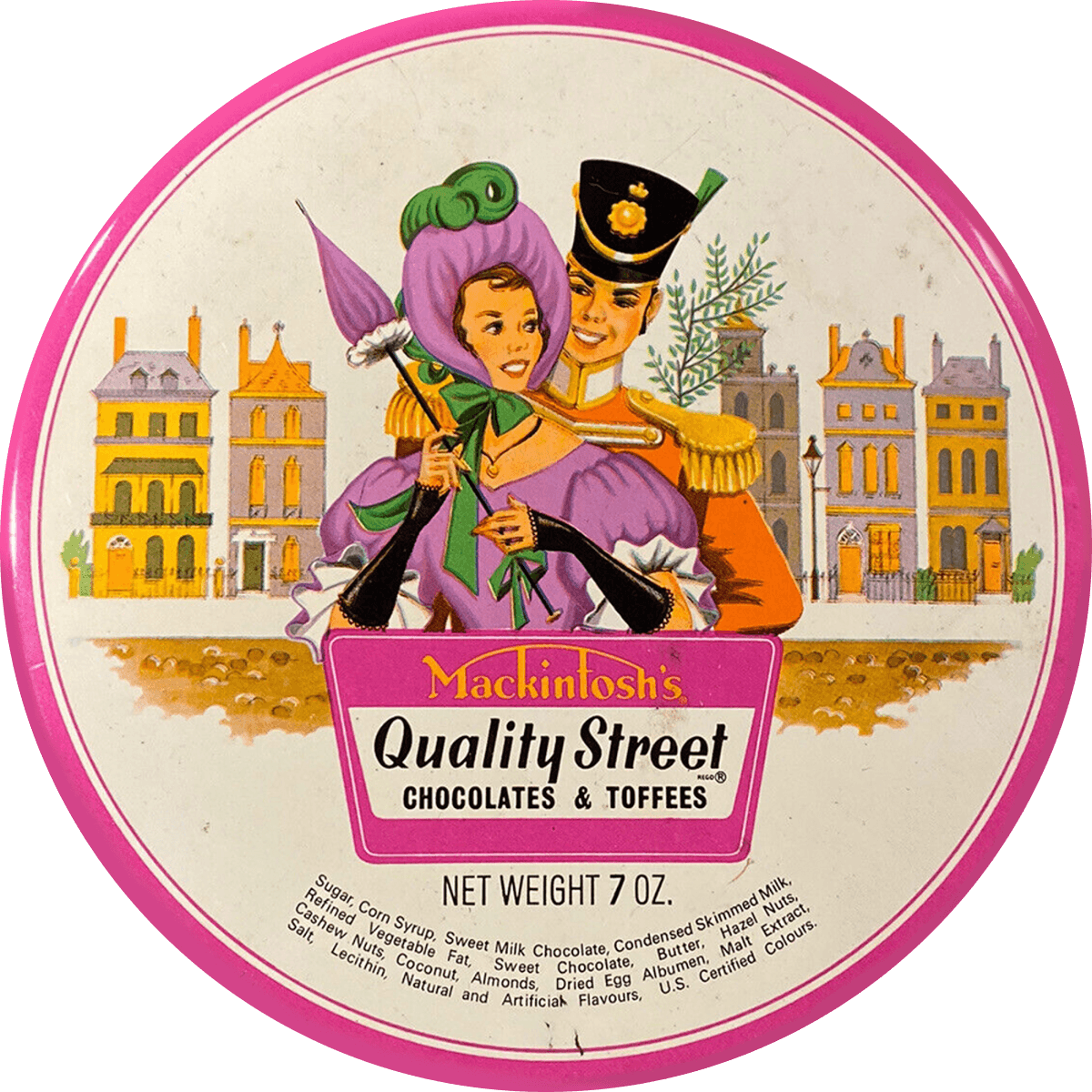
The musical event “Mackintosh” developed by Free Jabriya, an events company, does exactly that. Mackintosh refers not only to the chocolate variety shared in each Khaleeji household, but also to the mix of various flavors and the surprise you get with each unwrapping. Mackintosh attempted to bridge the gap between younger audiences and nostalgic music by integrating older musical masters and up-and-coming Kuwaiti musical talent to provide audiences with a new way to experience what was deemed traditional and irrelevant. This blending of old and new is not about mere preservation; it’s about creating something that resonates with both the wisdom of the past and the energy of the future.
An Economy of Shared Experience
No one can argue that nostalgia is a driver of larger movements. When brands or campaigns use nostalgia to connect with consumersʼ collective memories thereʼs a sense of social connection and shared history that can drive collective action. When individuals are emotionally moved by a shared past, whether it’s a cultural heritage or a pivotal historical event, it can fuel a sense of urgency and collective responsibility. Take the larger movement of embracing the 80s and 90s which started with retro gaming. Nintendo utilized this nostalgic connection for 80s and 90s gamers, combined with the convenience of modern technology, to create a cultural phenomenon through the Super Nintendo Classic Edition console.
The device was not just a trip down memory lane; it was a rediscovery of a simpler, more personal gaming experience, and it sparked discussions about how the future of gaming could evolve by embracing the past. By celebrating the past while embracing the future this movement bled into other areas like music, fashion, and film. It has fostered a renaissance of the 80s and 90s aesthetic, evident in the popularity of Vaporwave music, retro clothing, and even 80s-style TV shows such as Stranger Things. Nostalgia inspires an ironic “coolness,” especially in music, and rapper Moayad Alnefaie effectively optimizes this through his rap. His work utilizes traditional poetry as a springboard to a new, more relevant musical genre that connects the past with contemporary sounds.
Nostalgia can play a significant role in pioneering cultural innovation, even though it might seem counterintuitive at first. Nostalgia, when used as a cultural tool, enables societies to reinterpret their heritage, turning it into a dynamic force for the future. By reimagining the past, Saudi Arabia can use nostalgia not just as a link to its history, but as a spark for creative cultural evolution.
As global cultural trends increasingly emphasize authenticity and storytelling, there is no better time than now for Saudi Arabia to embrace nostalgia as an instrument of cultural innovation, blending tradition with imagination to craft a new, inspiring future. While nostalgia often looks back to the past, it can actually spark new ideas, reinterpret old forms, and contribute to innovative cultural shifts in several ways. Nostalgia doesn’t just look backward; it often serves as a springboard for cultural reinvention. By combining longing for the past with present-day creativity and critique, nostalgia helps fuel innovation, remixing, and cultural experimentation in ways that shape the future. It’s a dynamic interaction between what’s been and what’s yet to come.
Innovation by Invitation: A New Approach to Cultural Diplomacy
As countries develop their cultural industries locally, they also invest in the growth of their cultural exports. Viewed from the perspective of statecraft, it can be defined as cultural diplomacy—that includes the exchange of ideas, art, and heritage. Over the past decade, Saudi Arabia has been growing and exporting its cultural heritage, both at institutional and grassroots levels. As the country engages in traditional forms for cultural diplomacy through partnerships, content creation and exchange programs, the Kingdom also has an opportunity to shape, define and own a new space of cultural innovation diplomacy. In this playscape, innovation as ideation becomes an integral part of the way nations work together. Beyond cultural exchanges, nations can collaborate on developing solutions to shared cultural challenges.
In order to comprehend the true potential for Saudi Arabia to pioneer the space of cultural innovation diplomacy – a baseline of understanding of both cultural innovation and cultural diplomacy needs to be established at the outset. Cultural innovation encompasses the concept of innovation as ideation and collaboration. It is about seeing things from a new perspective by applying different lenses of understanding, to eventually create something groundbreaking.
Saudi Arabia’s approach to cultural diplomacy has evolved, growing from individual creative initiatives into a broader ecosystem of cultural exchange. Over time, this engagement has expanded to include film, fashion, gaming, gastronomy, and other creative industries, fostering new opportunities for international collaboration and dialogue. One of the early milestones in this shift was the establishment of Edge of Arabia, a grassroots initiative founded by Saudi artists in the mid-2000s that connected local creatives with global audiences. By staging exhibitions in cities across the US and Europe, it laid the groundwork for cross-cultural artistic dialogue – offering a platform for creatives to give nuance to the Saudi story. This organic approach to cultural diplomacy, fueled by artists themselves, has since evolved into a more structured and strategic effort; one that now encompasses a wide range of disciplines, from film and fashion to gaming and gastronomy.
Fast forward to 2024, Saudi Arabia’s participation in global cultural dialogue has expanded to include; design, culinary arts, gaming and film. This year, with the support of the Red Sea Film Foundation, the first Saudi film was featured at the Cannes Film Festival. On the culinary front, Taste of Saudi made its way to the Taste of London Festival under the auspices of the Culinary Arts Commission, and finally, Design Space AlUla invited artists and designers from around the world to create works inspired by AlUla’s natural landscape, Saudi culture and design. With all these efforts, Saudi Arabia has expanded opportunities to represent itself to the world through the export of its cultural outputs; profiling artists, designers and creators as the true representatives of the nation. Generation 2030, a joint initiative that brings young talents from Saudi Arabia, France, and the UK together, fosters a community of creatives through cultural events, field trips, exchange programs, and festivals. Here, they promote a lasting impact for bicultural understanding, exchange and innovation. With all these initiatives, there still remains an opportunity for Saudi to push the edge further and establish itself as a pioneer in cultural innovation diplomacy.
Imagine if the Saudi cultural sector could find common ground with countries who have a shared heritage, in order to ideate on solutions across these similarities? How might Saudi coffee be ceremonialized, popularized and re-imagined, in the same way that Japan did for matcha? Falconry is native to both Saudi and South Korea, how might these two countries work together in efforts towards cultural innovation and preservation? Reviving the tradition of French salons, combined with Saudi’s majlis culture, how might these countries reimagine how these cultural gatherings exist today? These parallels accentuate the similarities between societies and cultures – establishing a fertile ground for cultural innovation diplomacy that goes beyond exchange and into creation.
Learning in the Cloud: Culture, Code, and the New Language of Innovation
The integration of smart technologies into education isnʼt just a fleeting trend—it marks a deep shift in how we think about learning, creativity, and culture. Itʼs a rare opportunity to reimagine both education and innovation, aligning them with a vision that goes beyond rote memorization and passive consumption. This isnʼt about using tools for the sake of novelty; itʼs about empowering individuals to think critically, act creatively, and solve the complex problems of tomorrow. In the process, weʼre not just equipping future generations to thrive in a knowledge-based economy—weʼre laying the groundwork for a new era of cultural innovation.
Traditional teaching methods, long rooted in passive knowledge transfer, are being replaced by more active, student-centered approaches. Educational approaches like Flipped Learning, where traditional classroom instruction is reversed to prioritize discussion and problem-solving, have redefined how students engage with information. This shift aligns perfectly with the idea that learning should be an ongoing process of exploration, critical thinking, and application. Itʼs about moving beyond the memorization of facts to fostering curiosity and adaptability—skills that are increasingly vital in a rapidly changing world.
Smart tools like Googleʼs NotebookLM push this philosophy even further. By combining note-taking with AI-driven insights, these tools encourage students to challenge assumptions, explore new ideas, and build on existing knowledge. The value here extends far beyond traditional subjects like science and history; it lies in cultivating a mindset geared towards innovation. In a cultural context, this means equipping learners not just with the knowledge of dated educational systems but with the skills needed to actively shape the future of cultural disciplines.
Whatʼs exciting about this transformation is how it stretches beyond classrooms and into the real world, and a prime example is Hackathons—high-energy, collaborative competitions that blend creativity, technology, and problem-solving. These competitions push the boundaries of whatʼs possible, often sparking new ideas that extend far beyond their original context, intersecting with broader current cultural challenges like content creation and language accessibility. A recent event focused on embracing the Arabic language illustrated this perfectly. Participants didnʼt just develop language tools; they explored new ways to preserve and promote cultural heritage, offering innovative solutions that could reshape our approach to language preservation.
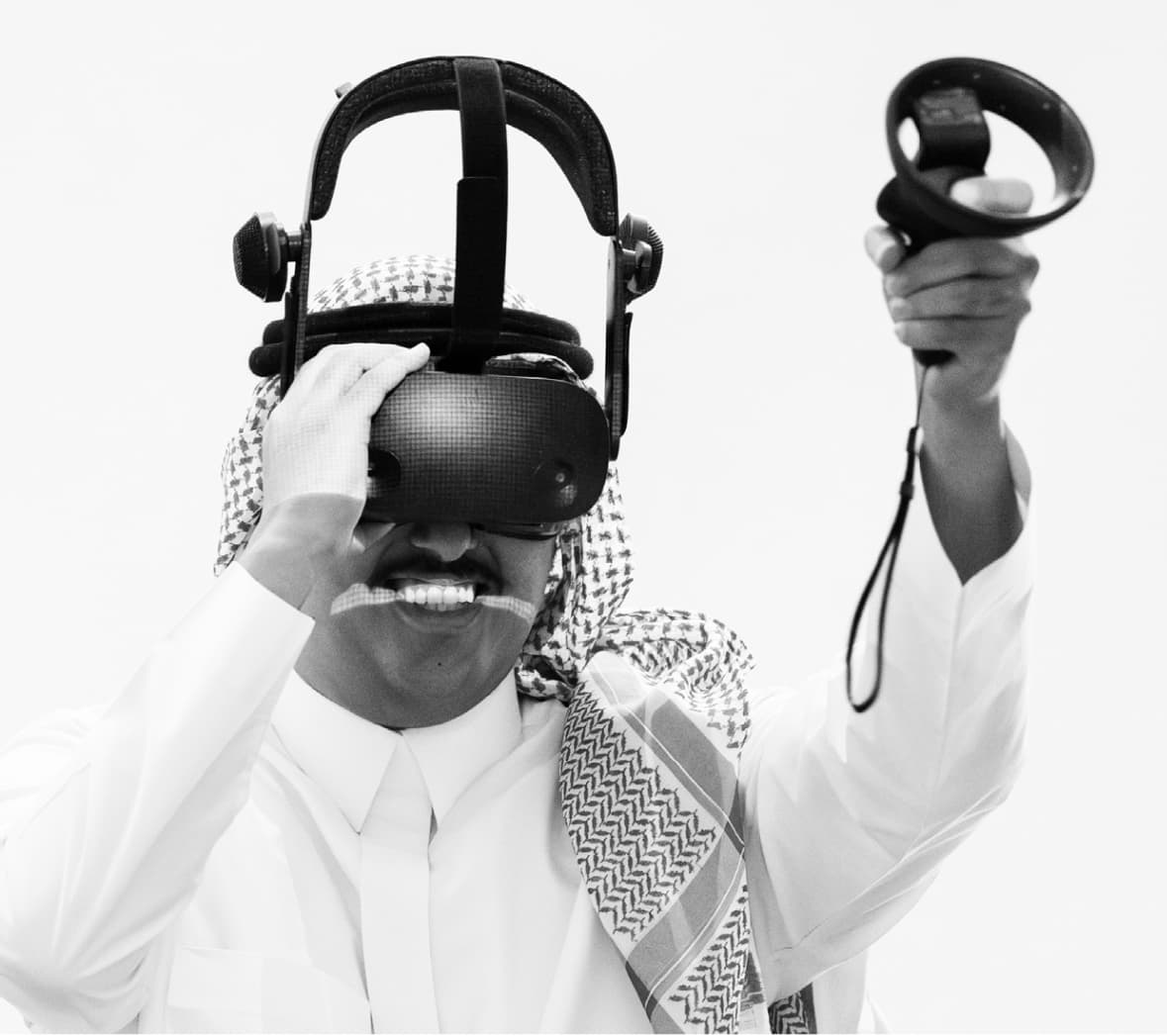
The shift away from traditional learning models is crucial. Itʼs no longer about simply acquiring knowledge; the emphasis is on applying it to create, innovate, and challenge the status quo. Take Abdullah Hakeem, a young Saudi student who pushed the boundaries of his university projects, propelling himself into a career in AI through hands-on, practical learning. His story isnʼt just a personal success—itʼs a testament to how new educational approaches are reshaping industries like artificial intelligence, equipping students with the skills needed for the future.
As technology continues to bridge gaps across languages and cultures, the potential for cultural innovation grows. Local Saudi start-ups like Labib Technologies are leading the way with AI-driven language tools, designed to process and generate Arabic content with increasing sophistication. The implications are profound. These tools donʼt just make Arabic knowledge more accessible on a global scale—they also play a vital role in preserving cultural narratives and enabling cross-cultural dialogue.
This isnʼt simply about showcasing technology. Itʼs about fostering a deeper connection between innovation and cultural preservation. By supporting such initiatives, weʼre not just safeguarding our heritage; weʼre actively participating in a global conversation about the future of culture. Itʼs a powerful synergy: leveraging technological advances while staying rooted in the unique cultural fabric of Saudi Arabia.
In the end, integrating smart technologies into education and lifelong learning is about more than adopting the latest tools. Itʼs about embracing a mindset that sees education, creativity, and culture as interconnected forces driving progress. At the intersection of tradition and innovation, the goal isnʼt just to preserve the past but to actively shape the future. This is an exciting moment for Saudi Arabia, and through a commitment to lifelong learning and cultural innovation, thereʼs an opportunity to offer a new model to the world—one where technology and culture evolve together in harmony.
Ultimately, the impact of these innovations wonʼt be measured by the tools themselves but by the minds they inspire, the careers they launch, and the cultural dialogues they spark. By nurturing a culture of creativity, collaboration, and critical thinking, weʼre building a future where cultural and intellectual growth go hand in hand—creating a legacy of innovation that will resonate for generations.
The Future of the Past The Gamble on Heritage through Innovation
A New Kind of Preservation Preserving heritage has long been divided into two camps: conservationists who aim to freeze sites in time and modernizers who introduce contemporary features, often at the expense of authenticity. This binary framework is starting to shift. Rather than choosing between stasis and spectacle, new approaches treat ancient sites as dynamic, living environments, using technology to tell deeper, more nuanced stories without erasing the traces of time.
Take Fenaa Alawwal in Riyadh, for example. Once the headquarters of Saudi Arabiaʼs first bank, Alawwal Bank, this historic building has been transformed into a thriving cultural hub that bridges past and future. The space, located in the Diplomatic Quarter, hosts workshops, art exhibitions, and performances while preserving the architectural character of the original structure. Its programming emphasizes creativity, dialogue, and collaboration, illustrating how a historical site can remain relevant and alive in a contemporary cultural landscape.
Similarly, AlUla, a desert region scattered with millennia-old rock carvings and archaeological ruins—a place where history feels almost tangible, written into the landscape itself. Rather than rushing ahead with flashy resorts and overloads of digital installations, the strategy here has been to integrate technology in subtle ways that amplify, rather than overshadow, the destinationʼs character.
Augmented reality overlays bring scenes from the regionʼs trading heyday to life, projecting bustling markets and caravans onto the bare stone without disturbing the physical integrity of the place. The experience is further enhanced by nearly invisible technology: for example, AI-powered audio guides that adjust the narrative based on visitor interests, while real-time sensors monitor environmental conditions, tailoring the tourʼs flow. The result is a seamless user experience that feels personal yet unobtrusive, reinforcing a tailored connection to the past without turning the site into a spectacle.
In Jeddahʼs Al-Balad Cultural Nights, we see another innovative example of balancing tradition and technology. Hosted annually in the cityʼs UNESCO-listed historic district, the festival pairs projection mapping with Hijazi storytelling, transforming Al-Baladʼs iconic architecture into a living canvas. Visitors can explore interactive installations using augmented reality to witness the districtʼs evolution through centuries of trade and cultural exchange. These experiences are more than entertainment; they transform Al-Balad into an immersive educational space, making history tangible while inspiring a new generation to preserve it.
The most compelling aspect of this approach isnʼt the technology itself; itʼs the commitment to understanding the culture and context. In this approach, designers and tech professionals collaborate closely with historians, delving into archival records and oral histories—not as static reference points, but as integral parts of the innovation process. Itʼs a form of open-source archaeological development where the aim isnʼt to reconstruct a flawless version of the past, but to craft a layered experience that embraces both what is known and what remains uncertain. Visitors leave AlUla not with a direct, complete narrative, but with a sense of discovery, guided by tech-enabled encounters that reveal overlapping stories and multiple perspectives.
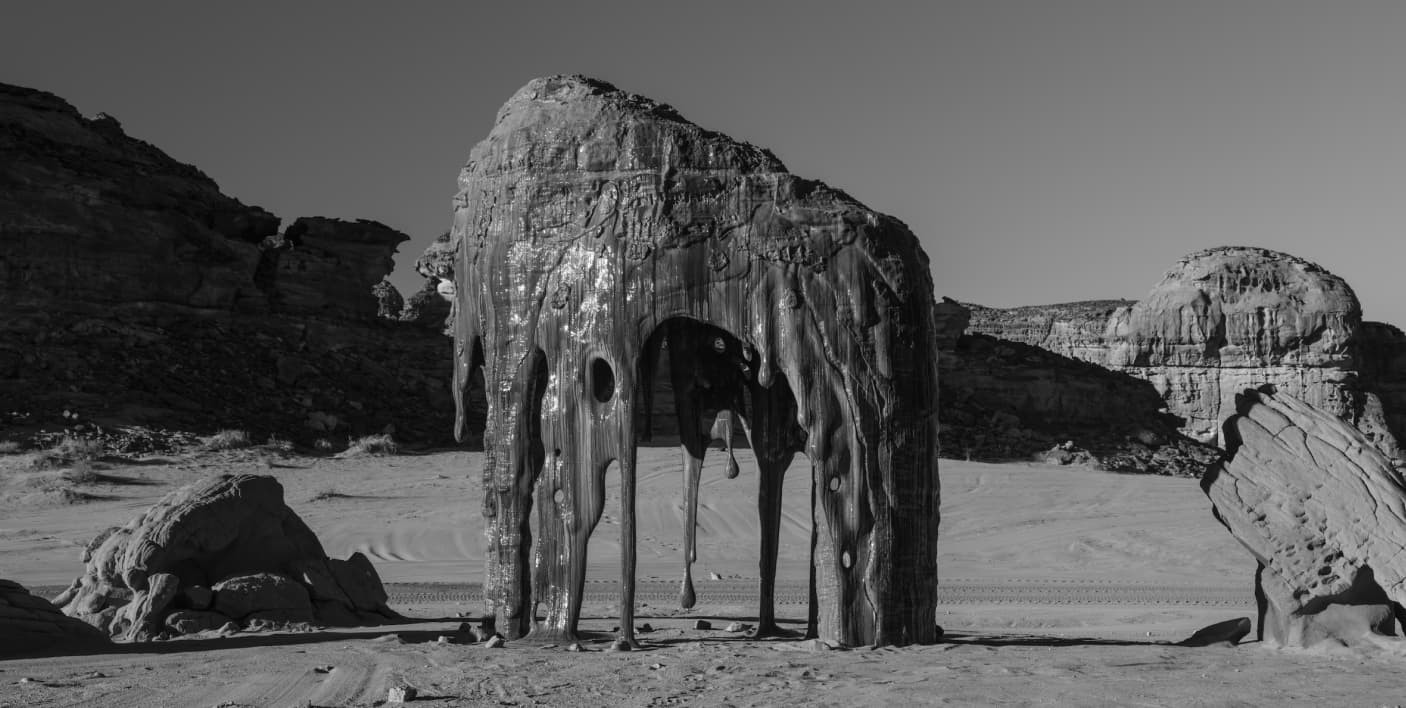
The Double-Edged Sword of Technology Technology can be both a curse and a blessing. 3D modeling, digital twins, and emerging AI tools offer new ways to document and reimagine heritage, but they also risk oversimplification and gimmickry. The line between a meticulously reconstructed digital model and an LED theme park attraction is thin. The challenge often only becomes apparent once itʼs too late—when the illusion of historical authenticity starts to crumble beneath the glossy veneer of the latest tech.
Rather than rushing to produce the latest digital renditions, itʼs more impactful to use tools that invite deeper visitor engagement and connection. At Diriyah, the birthplace of the first Saudi state, the approach is intentionally different. AI-generated models here offer multiple interpretations of history, layered to reflect the complexity of diverse narratives. Itʼs less about delivering a polished, final product and more about presenting a dynamic, evolutionary story. The Misk Art Institute has adopted a similar mindset. In partnership with the Royal College of Art, their 5-day masterclass leveraged open-source data and digital documentation techniques. With this, the Institute demonstrated its commitment to capturing urban transformations using emerging technologies. This approach allowed participants to visualize and analyze socio-spatial changes in ways traditional documentation could not achieve. This represents a shift toward more interactive and dynamic methods of documenting cultural and urban heritage. Perhaps the most radical idea here might be that these sites have a voice and influence in shaping their technology-driven preservation. In Diriyah, architects and engineers are exploring innovative interpretations of sustainable materials that echo the ancient mudbrick structures originally found in the area. This approach isnʼt just a nod to the past; itʼs a practical innovation. From 3D-printed clay bricks and high-tech, breathable aerogel insulation to self-healing concrete inspired by traditional mudbrick methods, itʼs a case of the past guiding the future of technological advances.
Similarly, AlUlaʼs master plan includes measures for controlling visitor flow using real-time data from IoT sensors. It sounds high-tech, but the goal is practical: to monitor the effects of human activity and adjust access dynamically, reducing strain on fragile environments. In this way, the technology isnʼt the attraction; itʼs a tool, almost invisible, that helps maintain the delicate balance between engagement and preservation.
Saudi Arabia is betting big on the synergy of heritage, sustainability, and innovation. Saudi Vision 2030 isnʼt about transforming the past into a glossy tourist attraction. Instead, itʼs harnessing cutting-edge technologies to create a vibrant, interactive heritage experience—a cultural infrastructure that evolves alongside its visitors.
The Long Game
The true litmus test for heritage revival through innovation wonʼt lie in the immediate "Instagrammability" of cultural sites, but in the longevity of these tech-enabled initiatives. Will todayʼs cutting-edge technologies feel antiquated in a decade? Will our careful integration of modern amenities withstand the test of time, or will they become relics of our era? The answer, naturally, remains unclear—and therein lies the exhilarating gamble.
samaritual
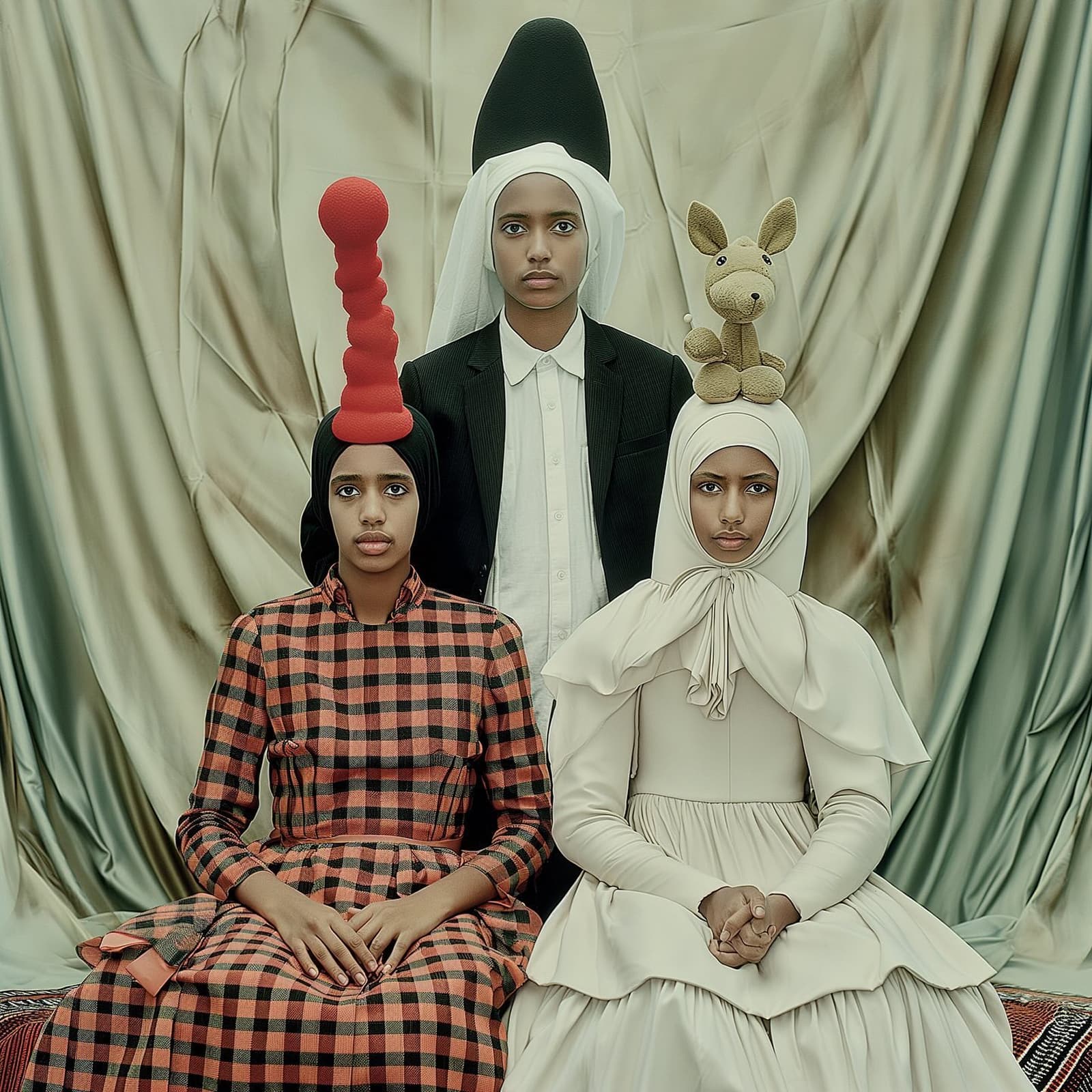
samaritual
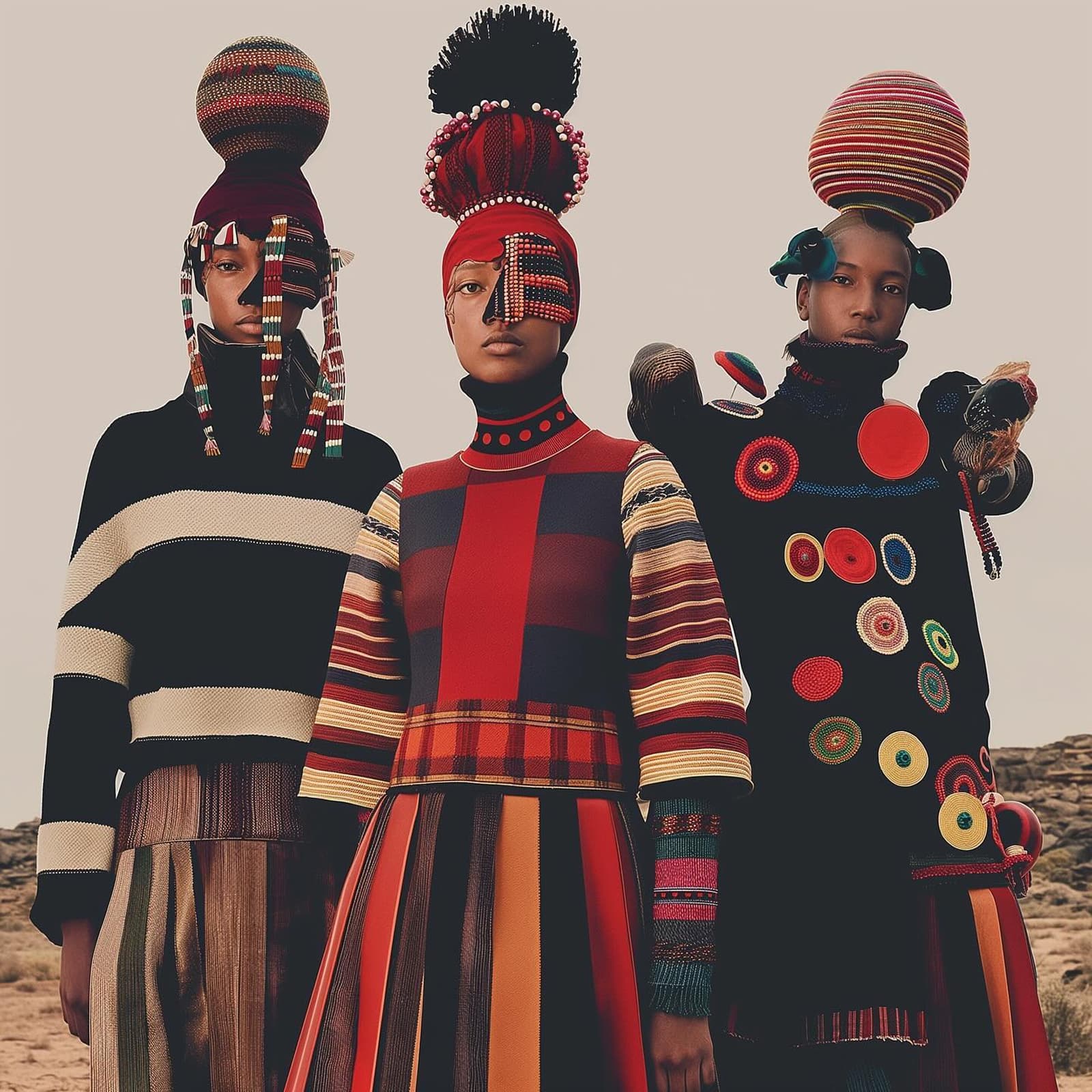
samaritual
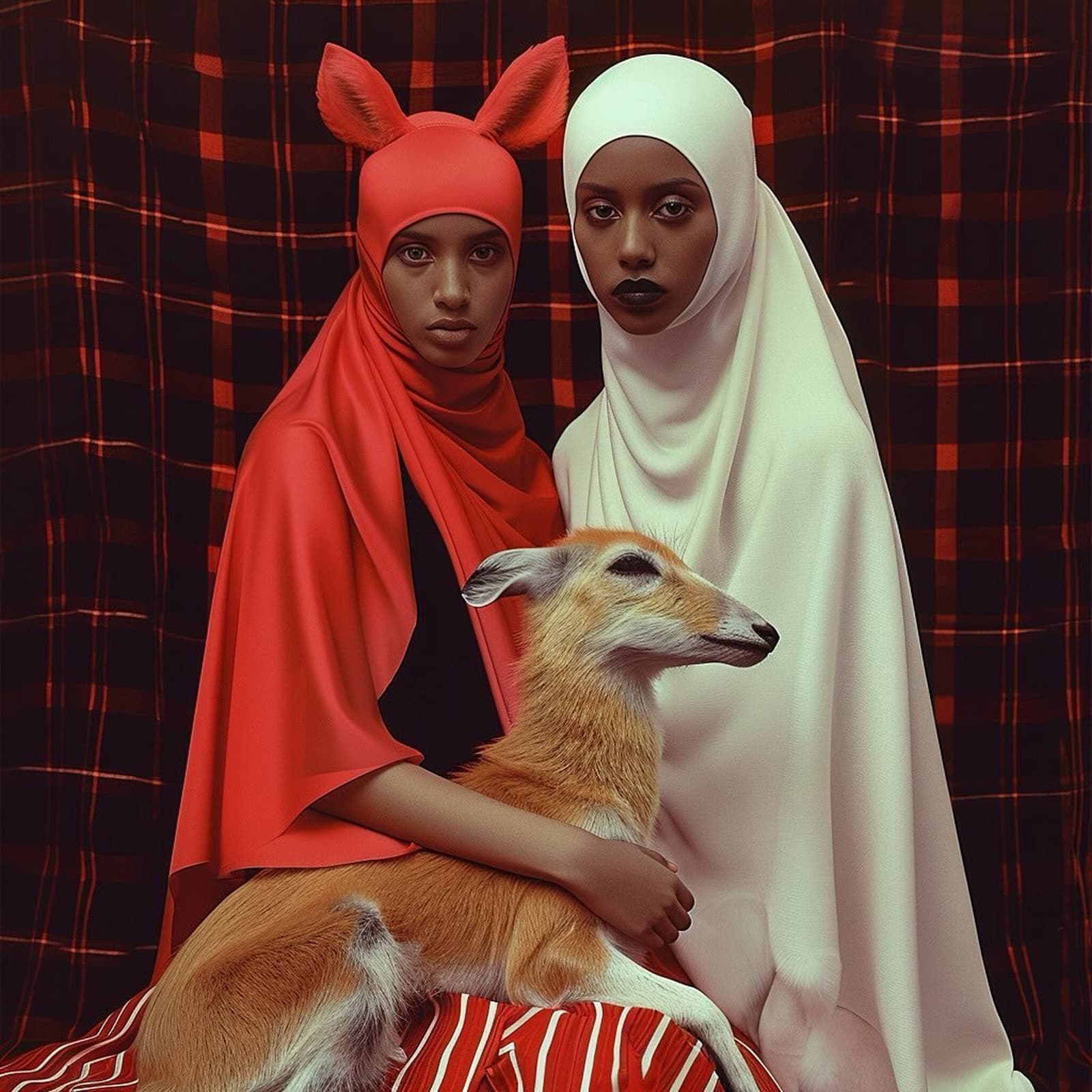
Saudi Arabia is betting big on the synergy of heritage, sustainability, and innovation. Saudi Vision 2030 isnʼt about transforming the past into a glossy tourist attraction. Instead, itʼs harnessing cutting-edge technologies to create a vibrant, interactive heritage experience—a cultural infrastructure that evolves alongside its visitors. If successful, this approach could provide a global blueprint: a model where history isnʼt frozen in time, but rather activated as a dynamic space that encourages ongoing reinterpretation.
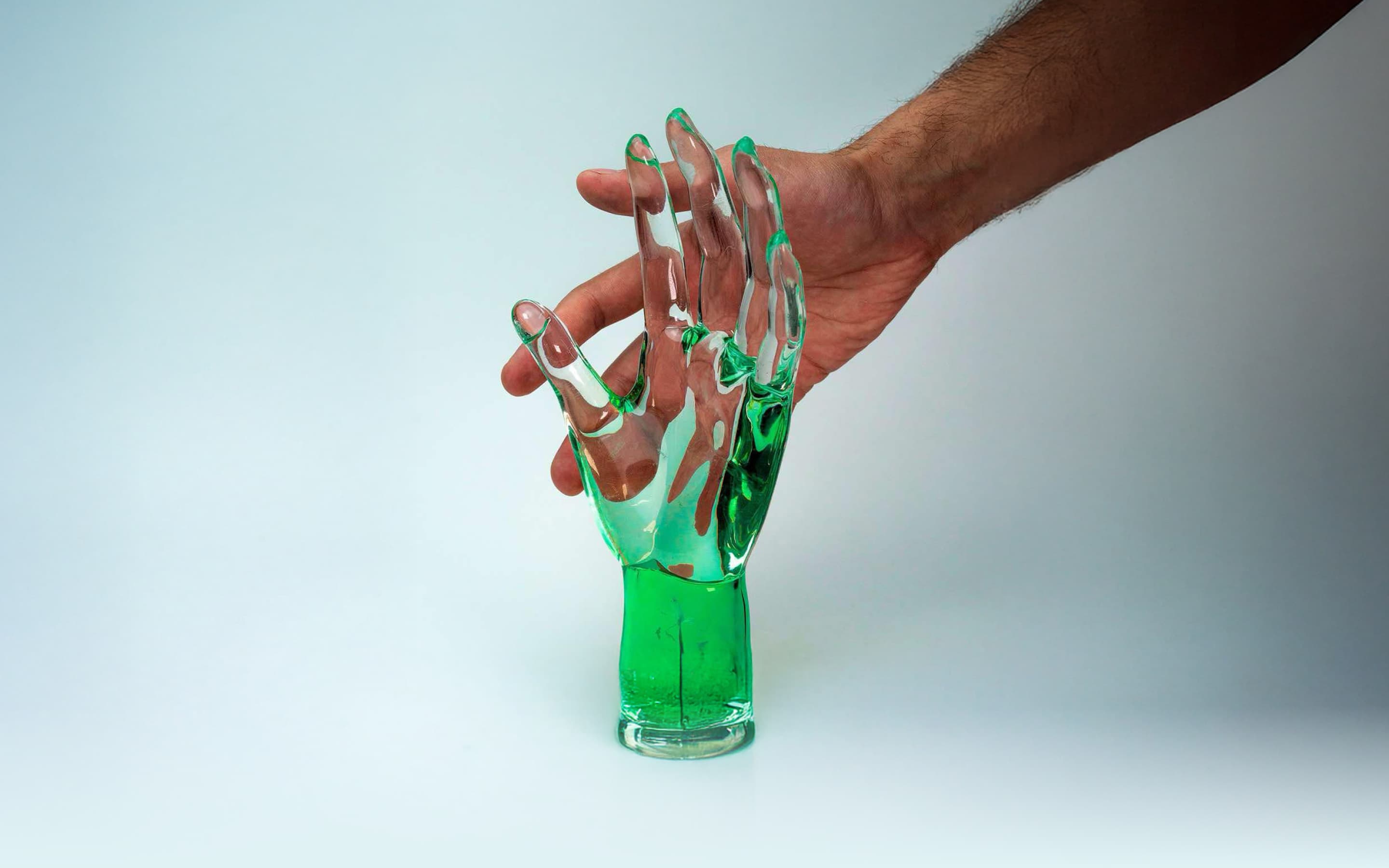
The X is for Collaboration
Cultural Challenges 2024
01 — Develop
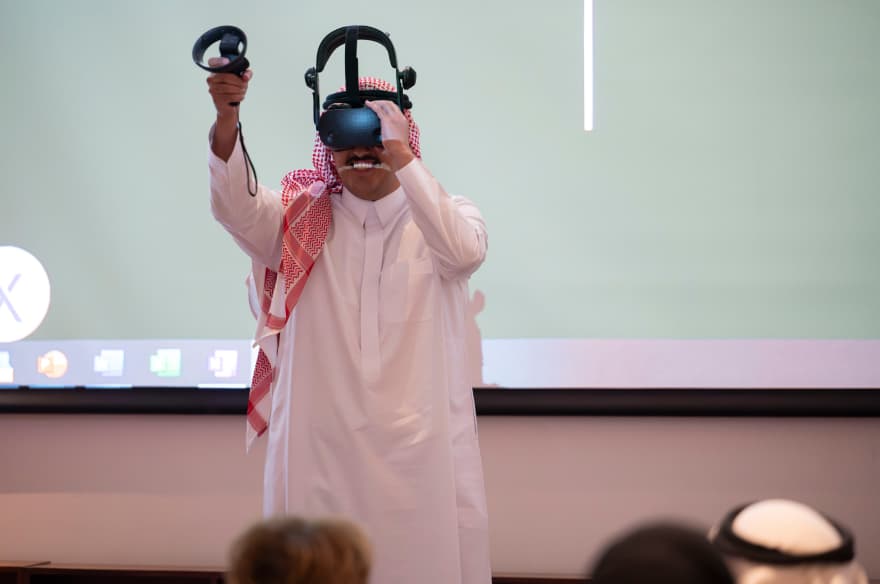
02 — Engage

03 — Reconnect
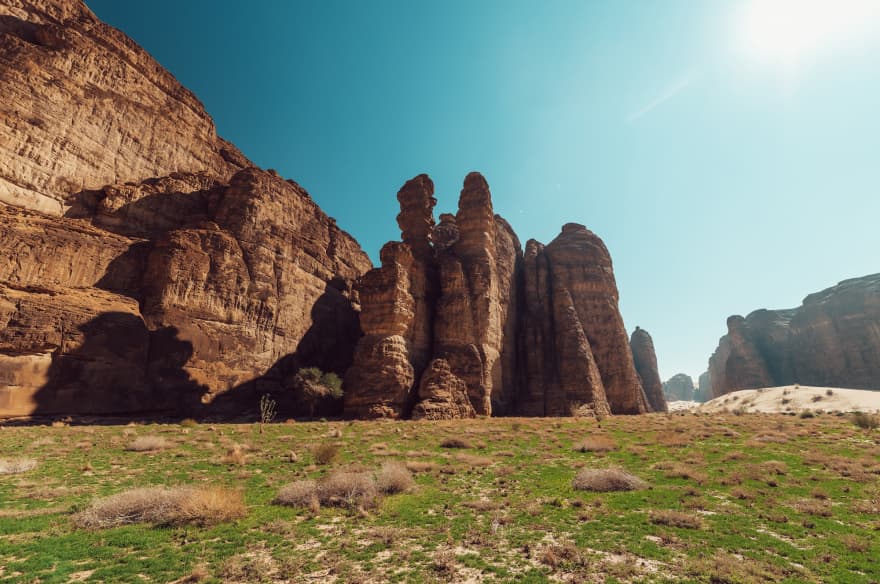
04 — Inspire
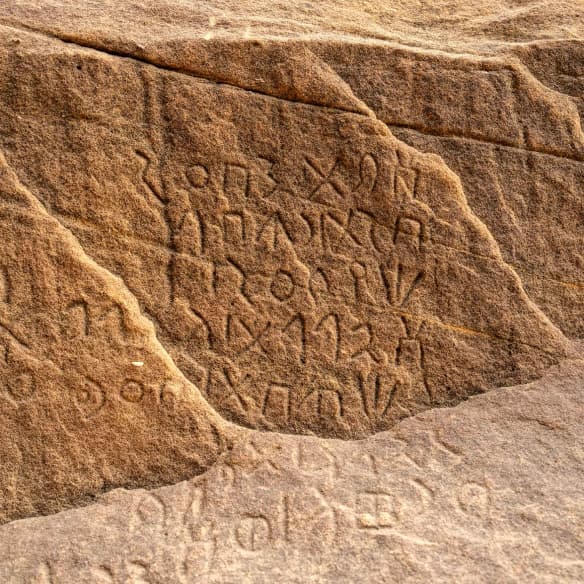
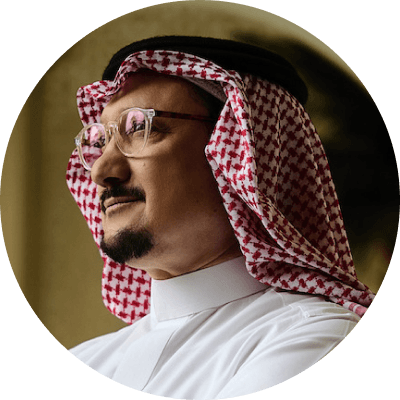

Interview with Paul Pacifico, CEO of The Music Commission KnowFutures sits down with Paul Pacifico to explore topics around music innovation, exciting projects at the Music Commission, and the rapidly growing music industry in KSA.
Futures Teller
With an eye towards the future, we explore beyond the realm of what we know now, by outlining a few key ideas that will be shaping cultural innovation in 2025.
01
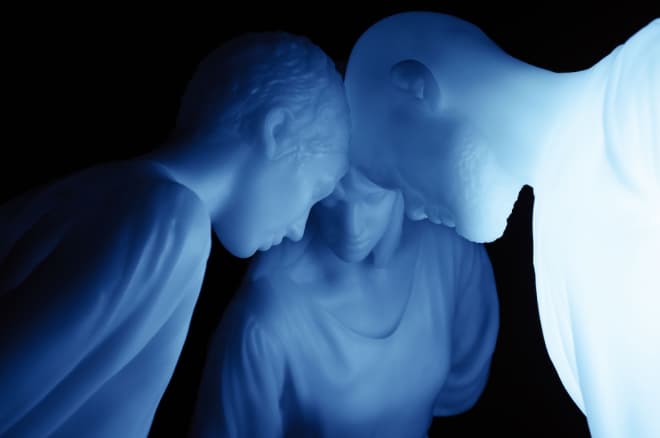
02
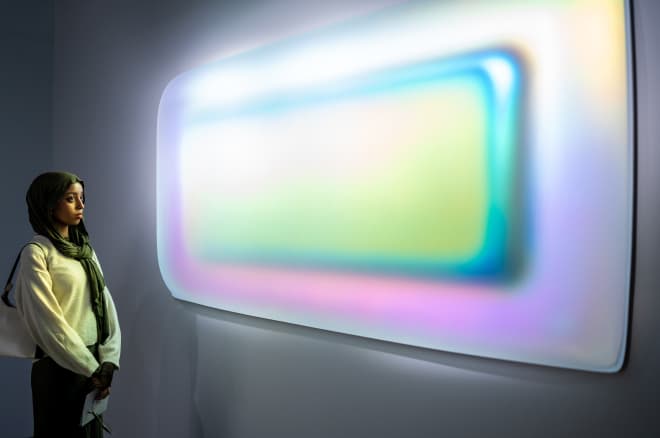
03
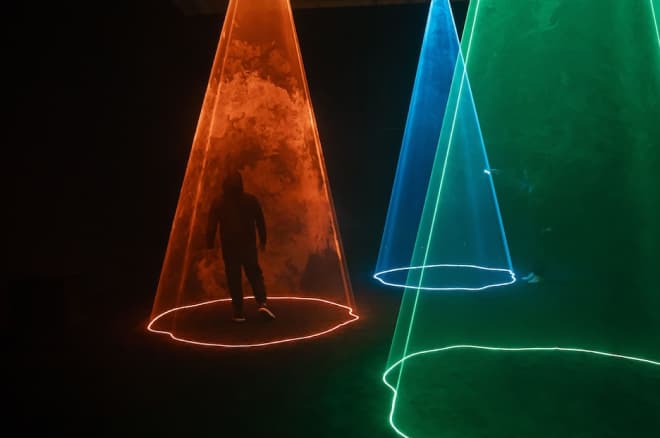
04




























